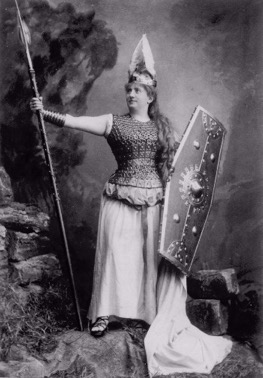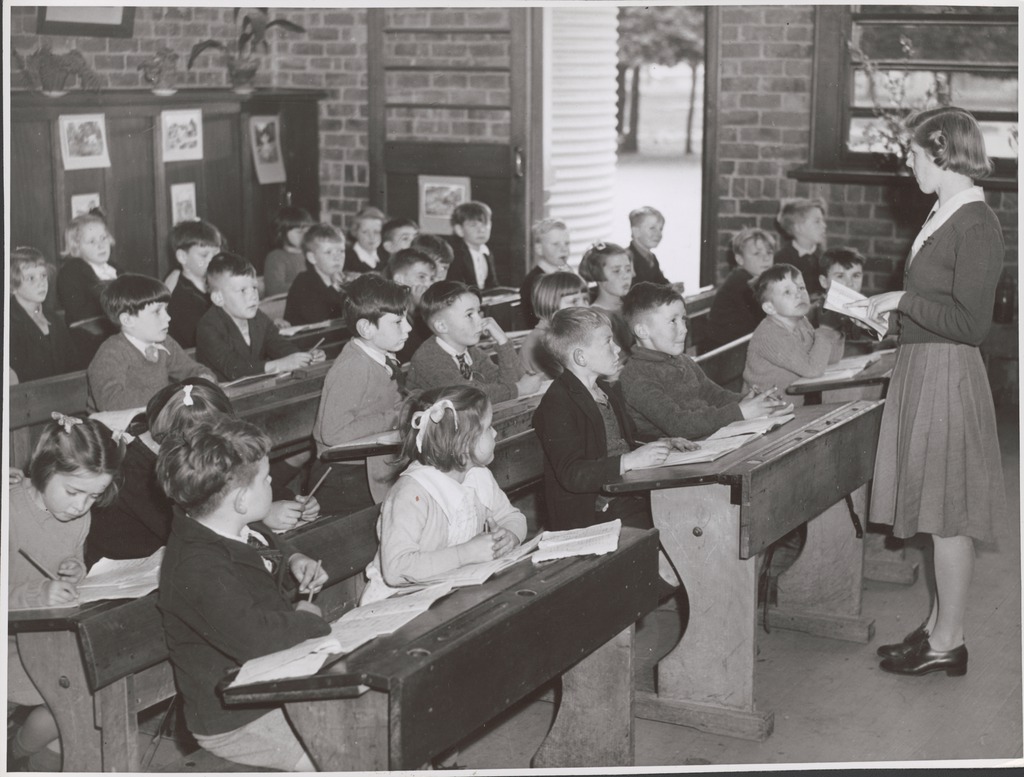
"The opera ain’t over until the fat lady sings."
Ralph Carpenter, Texas Tech Sports Information Director
Richard Wagner, the 19th century German composer, would have loved Star Wars. He may not have understood what a light saber or X-Wing fighter was, but he would get it. He would know that Darth Vader was bad, Luke was troubled and lonely, and that the Rebels were the heroes - even with his eyes shut. That's because the Star Wars films are rich with composer John Williams' scores that employ a musical tool that Wagner himself was a master of: the leitmotif.
Leitmotif literally means "leading motif," or a recurring short musical phrase that identifies a character, place, or idea. Wagner's operas, particularly the Ring of the Nibelung (which Williams is a big fan of), used hundreds of motifs to tie everything together. Later masters of the leitmotif in opera were Claud Debussy and Arnold Schoenberg. I've always said that operas were the cinema of their day. The music, dialog, characters, and set all worked together to give audiences a total visual and sound experience.
When silent films hit the screens, composers borrowed from Wagner and wrote "bad guy" and "pretty girl" sheet music for the local pianist to play during the film. Think of the poor girl tied to the railroad tracks looking at the train barreling down on her – what music do you hear? Then the hero cowboy in the white hat shows up just in time to cut her free. They kiss – now what music do you hear?
When the Roaring Twenties came to a close and "talkies" pictures took off, film composers took the leitmotif to new heights. Fritz Lang's M is an early masterpiece and uses film soundtrack elements that are taken for granted today: a narrator, sounds off camera, and silence as suspense. Using the leitmotif, Peter Lorre's character whistles a tune, which later cues the audience that the antagonist is nearby.
Modern films with leitmotifs that you will instantly recognize are:
- Psycho - the stabbing orchestra during the...errr...stabbing
- Jaws - the slowly pulsing orchestral thumps precede the shark
- James Bond - the twangy guitar implies our favorite spy is on the move and about to kick some butt
- Harry Potter - the chiming theme represents "good magic"
- Lord of the Rings - nearly a hundred, but The Hobbit theme invokes the calm and serenity of the shire
- Toy Story - a western theme for Woody, and blaring horns for Buzz Lightyear
In film, leitmotifs aren't restricted to music. Much like the visual element that uses colors, lighting effects, camera angles, or other subtle cues, sound can do the same. Some excellent examples are:
- Darth Vader's mechanical breathing in Star Wars
- The drill sound inside the head of Max in Pi
- The helicopter sounds, first woven into the Doors' music track and a ceiling fan, and later before an attack in Apocalypse Now. And bonus: Wagner's "Ride of the Valkyries" from the Ring opera
- Pitch shifting down not only music, but surrounding sounds as the characters progress into deeper dream states in Inception.
- Kevin Spacy's limp in The Usual Suspects
I've used them in some of my productions as well. For instance, in the documentary
Retreat from Gettysburg, I blended a bell, which represented a funeral bell, with the music score during narratives about soldiers dying. In the documentary
Daniel Boone and the Opening of the American West, I used frightened horses during attacks to symbolize the fragility of the pioneers.
Whether you're aware of it or not, films and television programs manipulate the hell out of you. Like a magician, they've already performed the trick before you realize it. When that music shrieks or the bomb explodes, they've either built up the tension or lulled you into a false calm. They make you love or hate a character through music. They put you inside the scene with carefully constructed sounds. When the leitmotif starts, you know something important is about to happen. Just like in Wagner's
Ring opera when Brunnhilde stalks out on stage in the Viking garb and horns, you know it's time for the fat lady to sing.
Explore More
Sound Bits
Sound and audio tech news from around the web
Tags: Star Wars, John Williams, Richard Wagner, Opera, Leitmotif, Fritz Lang




